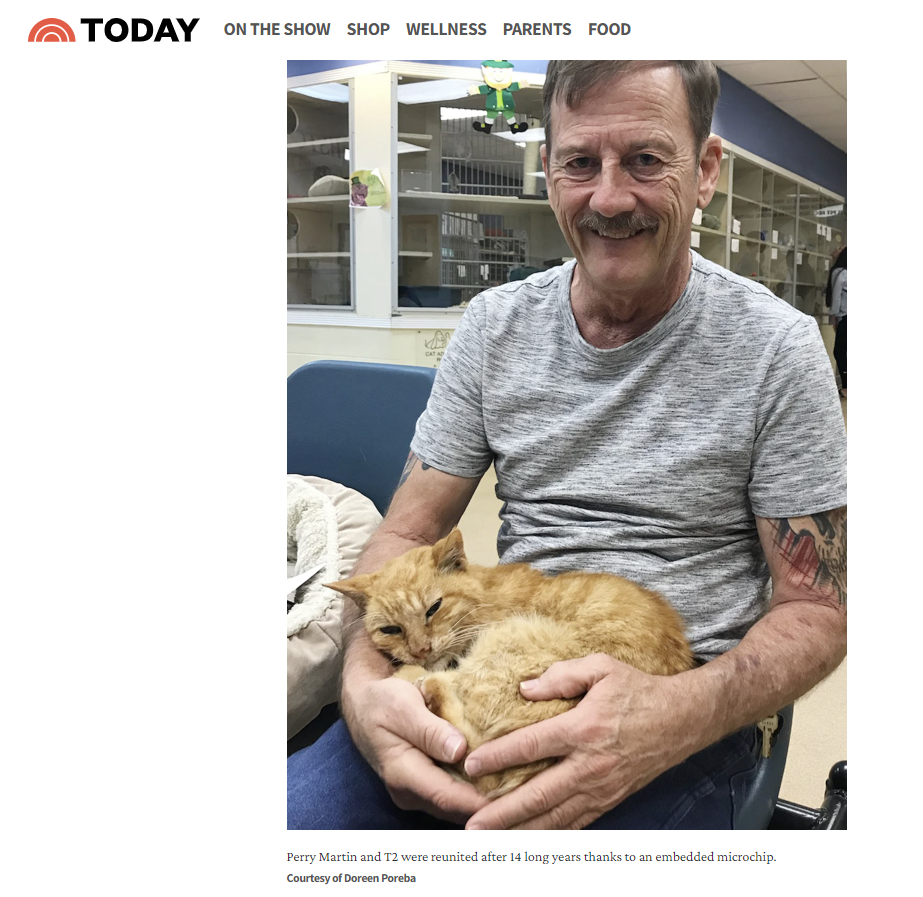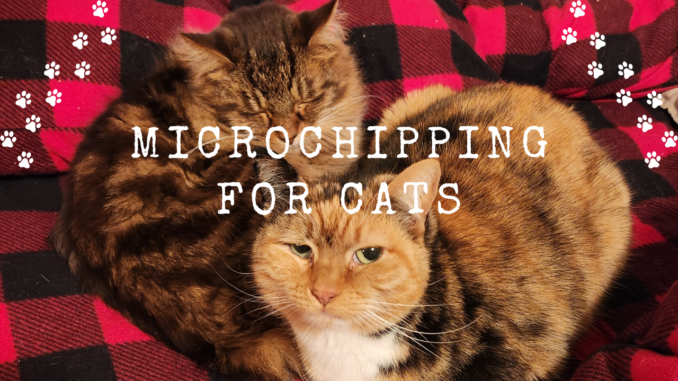
With dozens of pet microchip manufacturers and registries in the U.S. all claiming to be the biggest, the most innovative, and the best, how do you know which one to choose?
Many companies focus on the use of microchips to prevent dogs from becoming lost, but what about cats? At the risk of stating the obvious, cats are a completely different animal, as are their owners and guardians. Feline lifestyle and behavior leads to a whole different list of needs to keep them safe and identified for life. Here we examine those needs to help you choose the best microchip registry for your cats.
Indoor cats
Indoor cats are kept at a higher level of safety than outdoor cats. Confined to the house, they won’t be killed by predators, attacked by other cats, or go missing. For this reason, many owners of indoor cats opt not to have them microchipped because they believe they will never get out. Unfortunately, that’s not always the case. In my 20+ years in animal shelters I took countless lost cat reports, and many were for indoor cats. Doors and windows are left open, carriers come loose on the way to the vet, and any other number of mishaps can lead to a lost cat.
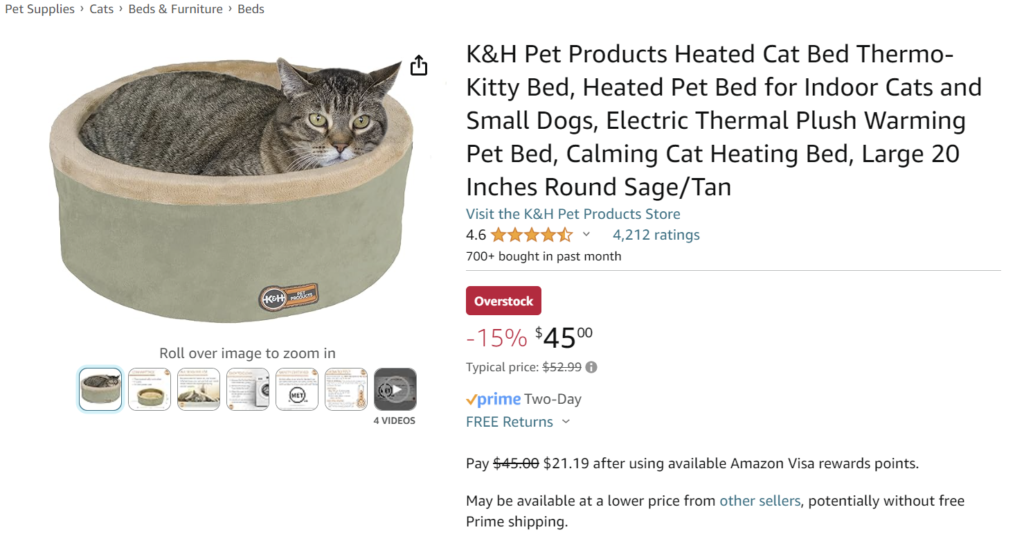
A lost indoor cat will likely hide and only emerge after some days if they are frightened or hungry. If not found by the owner, they may be absorbed into free roaming stray populations, kept by a finder, or taken to a shelter. Without a microchip, there is little chance of reunion with their original family months or even years later.
Because of this, all cats — including indoor cats — should be microchipped.
Outdoor cats
There are two kinds of outdoor cats: owned pets allowed outside part or all of the time, and “community cats” who don’t have a particular owner but are cared for by one or more residents in the neighborhood. Many owned outdoor cats are microchipped, and may even be wearing a collar with an ID tag. Collars can be tricky to keep on cats, but they work for some and they do provide an obvious sign of ownership.
Community cats are sometimes microchipped by cat rescue groups or others doing TNR, “Trap-Neuter-Return,” in the neighborhood. In this practice, free roaming cats without a known owner are captured in a live trap, taken to a veterinarian to be spayed or neutered, and returned to the location where they were found. These cats are often given other treatments while at the vet like vaccination, flea treatment, and a microchip.
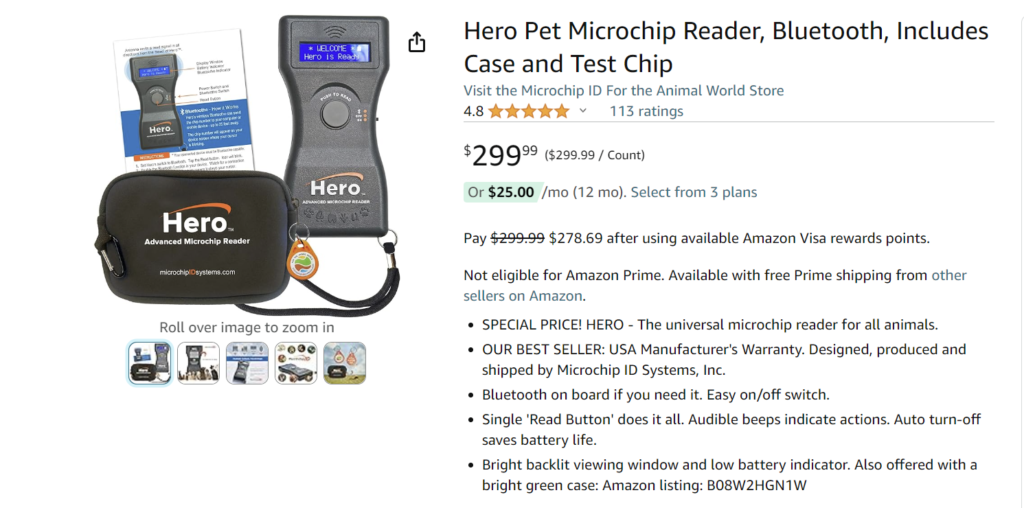
Outdoor cats can at any time be taken in by finders or brought to a shelter. Without a microchip, they will simply disappear and become very difficult to find by their family. More critically, an injured cat brought to a veterinarian has a better chance with identification. If the cat is suffering and no owner is known, the veterinarian can authorize euthanasia. If an owner can be reached, they can authorize emergency medical treatment.
Different kinds of microchips
The microchip used for pet identification is amazing in its simplicity. Tucked inside a unit no larger than a grain of rice, the microchip includes a tiny circuit, an inductor, and a capacitor. Together these parts act as a Radio Frequency Identification or RFID. When in range of a scanner, the microchip sends its code to be displayed on the screen. This code is connected with the pet owner’s information through one of many microchip registries.
Because it is a “passive transponder” the microchip does not need an outside power source and should last for the life of your pet. This also means that the chip cannot put out a signal independent of a scanner, and it cannot work as a GPS tracker.
Many companies manufacture microchips for pets. With few variations, these chips are all basically the same. Some, called “nano” or “mini” chips, are smaller. Regular sized microchips don’t seem very big, but they and the corresponding needle can be when microchipping smaller animals like young kittens. These manufacturers sell mini chips:
Registration
With dozens of registries to choose from, which one is the best for cats? If you are microchipping many cats as part of a rescue or TNR group, you will want registration that is cheap or free. These registries offer a free basic registration for any cat:
Be aware that free basic registry is just that, basic. Lost and found services are usually online-only. If a cat registered to you or your rescue group is found and scanned, you may only get an email notification. Make sure to add your chip registry’s address to your email account so any notifications won’t end up in spam.
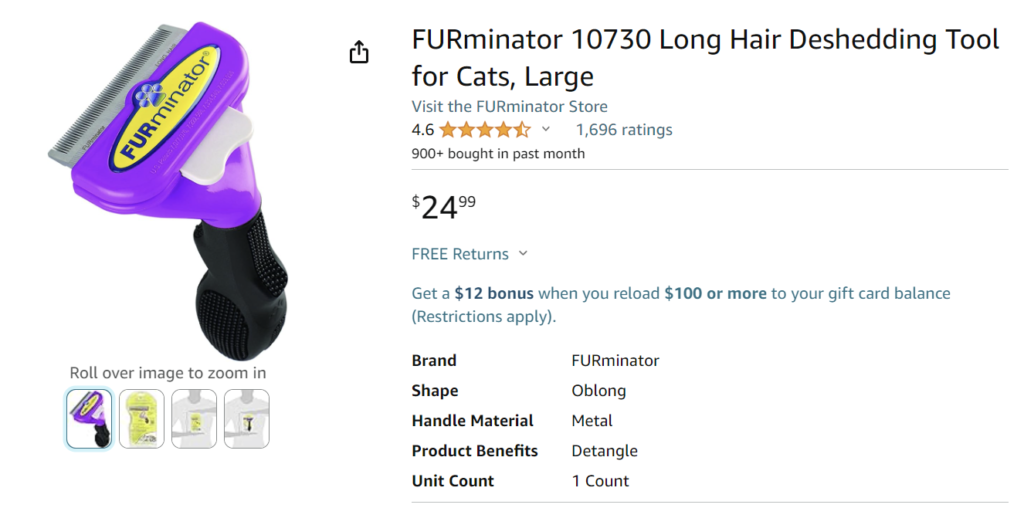
Home Again does offer a full suite of lost and found services for a price. The cool thing about these services is that you can upgrade at any time, even after a cat is lost. It’s not like insurance that you have to sign up and pay for BEFORE something goes wrong. If your cat is lost and you want access to the 24/7 live call center, lost pet alerts, and other services, you can call and sign up at any time.
Premium service for pampered pets
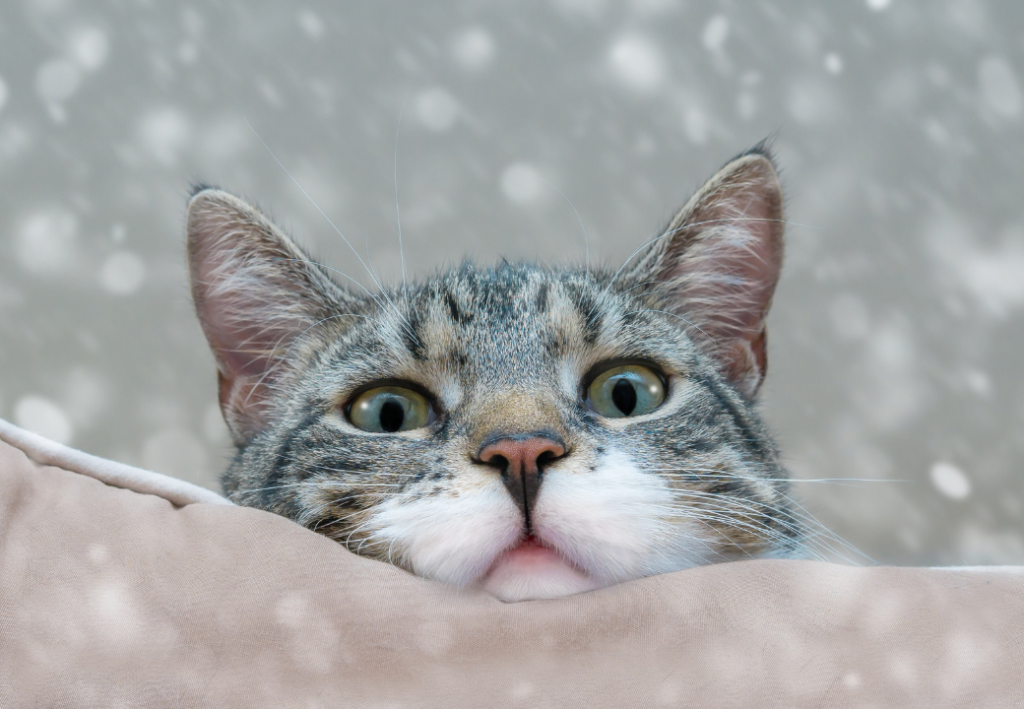
While you may want to save money on chip registration for hundreds of community or rescue cats, you’ll spare no expense on your own beloved kitties. You’re looking for the registry with the highest level of customer service and fastest response time. If your cat goes missing, it’s an emergency and you want them to respond as such. You want a live person to answer the phone and assist you at any time. These registries offer premium lost pet services for a fee:
A microchip and registry just for cats!
Innovative company Microchip ID Systems has a new program that may prove to be the best of all worlds for cat lovers. Called the CatChip™, this division of the microchip manufacturer and registry focuses on the needs of cats and their people. They offer a mini chip just for cats in any quantity. You can buy one or two for your house pets or you can buy hundreds for your rescue.
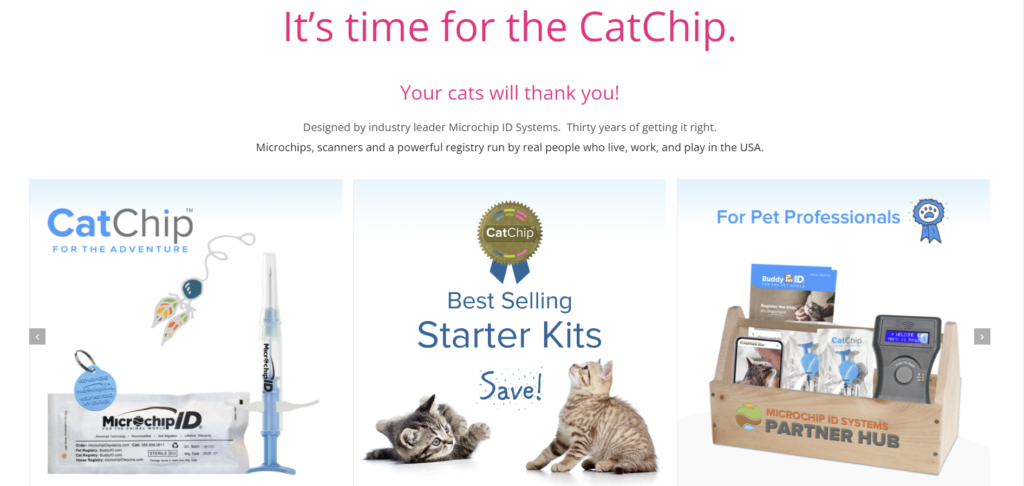
You do not have to be a veterinarian to get a volume discount on both chips and registration. Simply join the company’s Partner Hub to get bulk pricing, free chips, and other perks including Lifetrac™. Lifetrac is a great feature for anyone but especially for rescues. No matter who the current registered owner is, the contact listed under Lifetrac will be contacted if the cat is ever in danger, even years later. This is a great failsafe for both cat and rescue.
If your cat wears a collar, you can purchase a Buddy Badge, a QR code ID tag that integrates with your cat’s registered microchip. If a Good Sam finds your cat lost or injured, they can scan the QR code with any mobile phone to get in contact with you. They do not have to take the cat to a shelter or vet to be scanned with a special scanner for the microchip. This can speed up your recovery, especially after hours when vets and shelters are closed.
CatChip™ includes Microchip ID Systems’ 24/7 live customer service hotline. If your cat is lost, you can call any time for assistance. From the web portal you can initiate a Search Alert which will flag your cat as missing. You will be prompted to make sure your contact info and any alternate contact info is up to date.
Whichever chip and registry you choose, don’t delay. Get your kitty microchipped and register it today!


